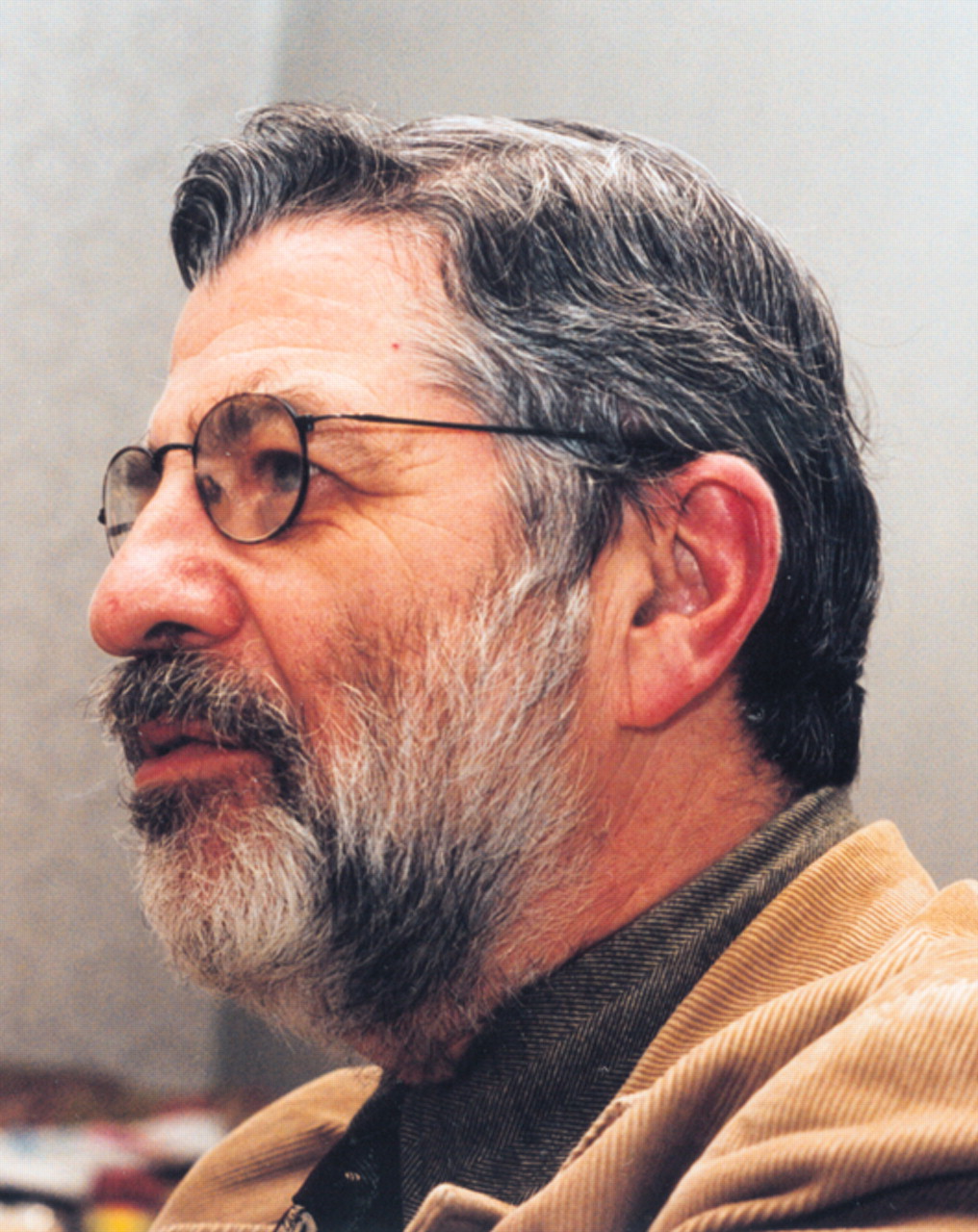Freud's Theories About Sex As Relevant as Ever

In our current oversexualized culture, sex has become a commodity, immaturity is often idealized, and sexual conquests have been valorized as sport. These pervasive exhibitionistic displays undermine the psychological value of intimate long-term personal attachments. While aspects of Sigmund Freud's theories have undergone revision, the central place the founder of psychoanalysis gives to sexuality and intimate personal connections remains valid. Freud's ideas teach us the value of intimate personal attachment and its key place in mature sexual fulfillment.
One hundred years ago, Sigmund Freud published a small volume titled Three Essays on the Theory of Sexuality. It provides a lens to understand and address the problems in our own oversexualized society, in which we are barraged as a result of instant and ubiquitous communication media, in which the boundaries between public and private continue to blur.
With his revolutionary method of listening, Freud heard patient after patient talk about childhood experiences and childhood sexual feelings and fantasies. He noted the similarity between the sexual fantasies of children and the fantasies involved in what were then called perversions and between the desires, perverse and otherwise, that persist in the unconscious lives of all adults. In everyday life, Freud understood, adults expressed the range of their sexual fantasies as symptoms of emotional disorders, as elements of dreams, in the making of art, and in overtly sexual acts. The sexuality of the adult originates in childhood but, like thinking and other human capacities, sexuality is not static—it matures and develops.
Most importantly, Freud recognized that enfolded within each developmental stage are feelings and experiences of the past. He saw the pleasure an infant experiences as both a prototype and an early version of the sexual pleasure experienced by a mature adult. In Three Essays he described this continuity: “No one who has seen a baby sinking back satiated from the breast and falling asleep with flushed cheeks and a blissful smile can escape the reflection that this picture persists as a prototype of the expression of sexual satisfaction in later life.”
These ideas help us to understand that the desire for pleasure is an important motivating force in our lives. But this revolutionary insight has often been misinterpreted. As Freudian ideas filtered into our society, many thought that Freud promoted uninhibited sexual expression. To the contrary, psychoanalytic ideas help us appreciate the arc of sexual development and the pitfalls that can befall those who do not successfully mature. Psychoanalysis describes the conflicts that we experience between intimate personal fantasies and the norms of social life and individual development. Psychoanalysis recognizes the necessity of developing normal controls over the uninhibited expression of these fantasies. Psychoanalysis encourages the idea that parents need to promote children's development so that they can eventually integrate sexuality in their lives in a balanced way, so that sexual and intimate personal bonds can be integrated as much as possible.
Throughout Three Essays, Freud wrote about the importance of interpersonal relationships to a person's sexual and emotional development. From the earliest days of life, the mother's connection and her ministrations to the infant have an effect on the infant's later capacity for pleasure and attachment. Freud described two currents of emotional life in all of us: an affectionate current, including our bonds with the important people in our lives, and a sensual current, including our wish to gratify sexual impulses.
During adolescence, a young person attempts to integrate these two emotional currents. This is a very difficult task, and the risks are many. There are innumerable inner conflicts and subsequent failures of development that may trap a person in immature sexual patterns—evident in much that we see on the news. The real challenge is to bring about a convergence of the two currents—the affectionate and the sensual. The polymorphous sexual overexuberance often characteristic of adolescent experimentation is not adaptive in an adult.
The recent movie “Kinsey” depicts the inherent dangers that arise when one focuses exclusively on sexual activities, forgetting the emotional aspects of intimate interactions. Toward the end of the movie, Kinsey's main assistant (who had a sexual relationship with both Kinsey and Kinsey's wife) points out to Kinsey that the famed sexologist has spoken about sexual acts without “a single mention of love.”
Kinsey responds that he has experienced love, but that love is impossible to measure. This powerful moment between mentor and student points to an important insight. Kinsey believed that he could liberate young people by approaching human sexuality just as he had approached his wasp specimens in his early scientific research. As a result, Kinsey seems to have overlooked that, unlike wasps, the tasks for human beings include the development of sexuality along with the development of intimate social and emotional connections. ▪



